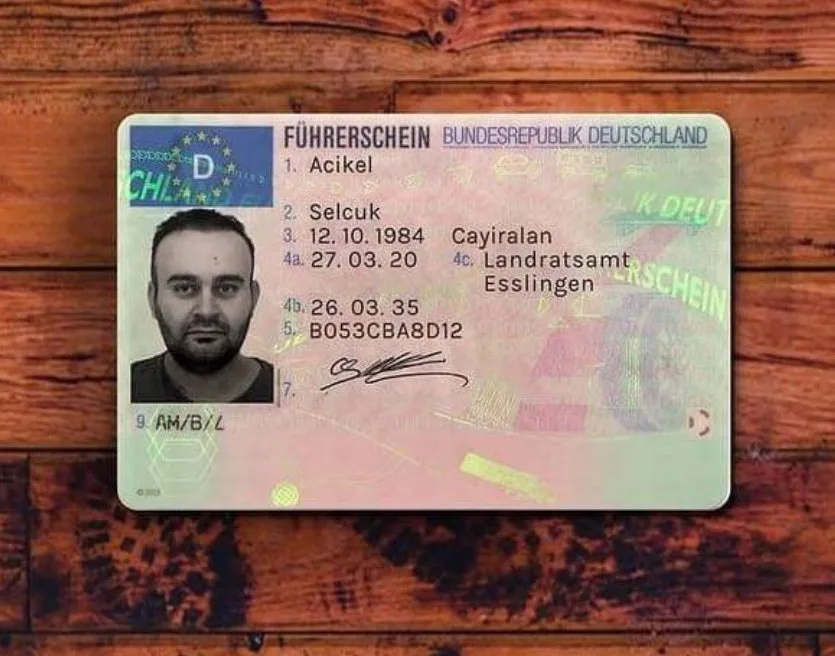How to Buy a Moped License: A Comprehensive Guide
In the last few years, mopeds have seen a resurgence in appeal as a cost effective, eco-friendly, and fun mode of transportation. Whether you wish to zip through urban streets, avoid traffic jams, or just enjoy the open air, getting a moped license is an essential primary step. However what does it actually imply to "buy" a moped license? This post will clarify the procedure and supply you with all the info you need to legally ride your moped.
Understanding Moped Licenses
First, it's essential to clarify that one does not literally "buy" a moped license; rather, one obtains it through legal ways such as passing required tests and satisfying specific requirements. A moped license generally describes a permit or license that enables individuals to legally operate mopeds on public roads. Depending upon your region, these licenses may have various names, like Class M, motor-driven cycle license, or moped recommendation.
Kinds Of Moped Licenses
Before diving into the process, it's vital to understand the types of licenses readily available:
Learner's Permit: Allows brand-new riders to practice under certain limitations.
Full Moped License: Grants unlimited benefits to operate a moped.
Moped Endorsement: An addition to an existing driver's license that enables you to ride a moped.
Actions to Obtain a Moped License
1. Research Local Laws
Laws governing moped licenses differ widely depending on your nation, state, or province. Some areas have particular requirements associated with age, safety equipment, and even insurance coverage. Investigating regional guidelines is important to guarantee compliance and prevent fines.
2. Age Requirements
Most jurisdictions need riders to be a specific age to qualify for a moped license. This can range from as young as 15 to as old as 18. Some states even permit older motorists to acquire a license without a student's license.
3. Take a Safety Course
In many areas, enrolling in a moped safety course is not just advantageous but may also be obligatory. These courses often cover essential skills such as:
Basic moped operation
Protective riding techniques
Traffic laws appropriate to mopeds
Completing such a course can in some cases cause a waiver of the riding test when obtaining a license.
4. Pass the Written and Riding Tests
To officially obtain a moped license, you'll generally need to pass both a composed and a practical riding test. The composed exam usually covers:
State-specific traffic laws
Moped security policies
Riding practices
The riding test examines your ability to manage the moped, browse numerous roadway conditions, and follow traffic signals. Practicing beforehand is extremely encouraged to enhance your self-confidence and guarantee you pass.
5. Pay Associated Fees
When you've successfully passed the tests, you'll require to pay any associated costs to receive your moped license. This could consist of application charges, testing costs, and the cost of the license itself.
6. Obtain Insurance
While not constantly needed by law, it's extremely advised to have insurance coverage for your moped. my website can help protect you financially in case of a mishap or theft. Research various insurance providers to find a policy that fits your needs and budget.
7. Keep Your License Updated

Lastly, it's important to keep your moped license upgraded and renew it as required. Complying with regional policies relating to license renewal will assist you avoid any legal concerns.
Conclusion
Riding a moped can provide freedom and benefit like no other type of transport. However, it's essential to go through the correct channels to obtain your moped license. By understanding your regional laws, completing the needed courses, passing the tests, and sticking to security guidelines, you'll be well on your way to legally delighting in all the advantages that come with owning a moped. Happy riding!
